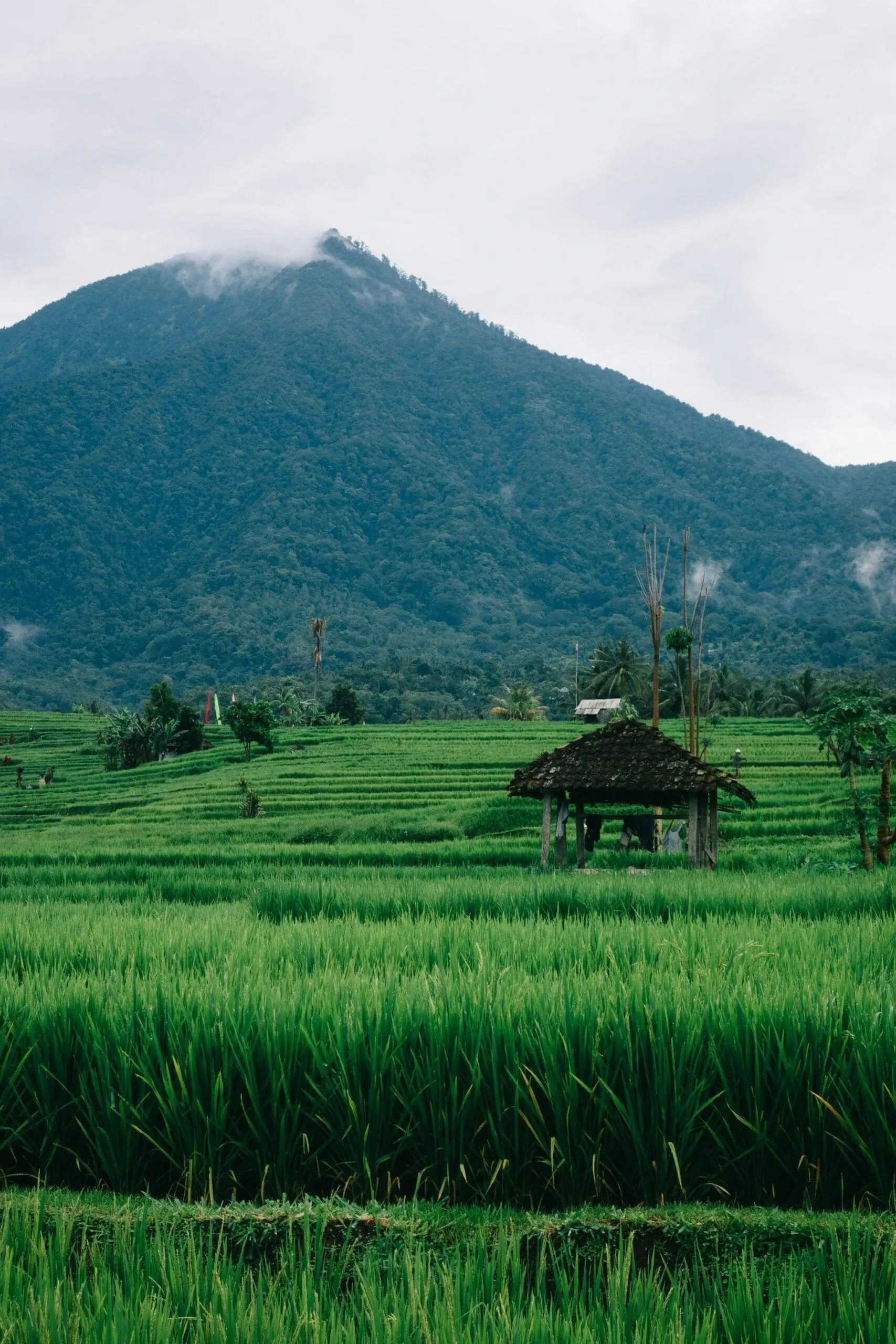Digital Subak
What is Subak?
The Subak system is a centuries-old water management tradition unique to Bali, Indonesia, recognized by UNESCO in 2012 as a World Cultural Heritage for its integration of spiritual, social, and ecological harmony. Subak is not merely an irrigation system but a cooperative institution rooted in Balinese Hindu philosophy, particularly the Tri Hita Karana concept, which promotes balance among humans, nature, and the spiritual world (Lansing, 1991).
Subak governs the equitable distribution of water sourced from rivers and springs to rice paddies through a hierarchical and communal governance structure. Temple priests and local farmers historically made water allocation decisions based on seasonal cues, field observations, and ceremonial calendars.
Help make Subak Digital
Join the Digital Subak movement and help monitor and manage Bali's water resources. You can help by visual monitoring, site visits and reporting as well as installing own digital tool – such as a weather station or a water sensor.
JOIN DIGITAL SUBAK
Can tradition survive?
While the Subak has endured for over a thousand years, modern challenges such as urbanization, land-use changes, tourism development, and climate variability have disrupted traditional water flows and posed new stresses on the system (Fox, 2018).
Not only has the population increased almost threefold over the past 75 years (BPS). Moreover, the structure of the economy has changed, with agriculture lagging behind tourism and sectors dependent on tourism (Chapagain et al., 2022).
Today, data on water resources—such as groundwater levels, river discharge, and water quality—are fragmented, collected sporadically, and not readily accessible to stakeholders and the general population. Much of the environmental data remains buried in institutional silos or is gathered manually with significant delays (Geria et al., 2023a).
IoT Sensors & Dashboards
To address these limitations, there is an urgent need to transition to a digitally empowered integrated water resources management system—what we term the "Digital Subak" in honor of the tradition that has been in place for over a millennium.
This vision proposes augmenting traditional water resources knowledge with real-time environmental monitoring through Internet of Things (IoT) sensors. By deploying low-cost, solar-powered sensors that continuously track key water parameters (e.g., discoloration, conductivity, and water level).
Not just for surface water, as the traditional Subak did, but also for ground and coastal water resources, which are under stress. Stakeholders at all levels—from Subak leaders to developers and governments—will be able to make informed decisions supported by empirical, real-time evidence.
Real-time data acquisition not only enhances transparency and accountability but also supports timely interventions to prevent over-extraction, pollution, or conflict over resources. By empowering local actors with accessible digital insights, this initiative aspires to preserve the essence of Subak while equipping it for the complexities of the 21st century.

Join Digital Subak
Be part of the movement to preserve Bali's water heritage
